Unraveling the Complexities of EV Charging Pricing Policies
Setec Powerr
MAY 19, 2023
Unlike traditional gasoline pricing, which is primarily governed by oil availability and geographic location, EV charging pricing policy is shaped by a diverse array of factors. This article aims to delve into these complexities, providing a clearer picture of the factors that determine the future of EV charging pricing.

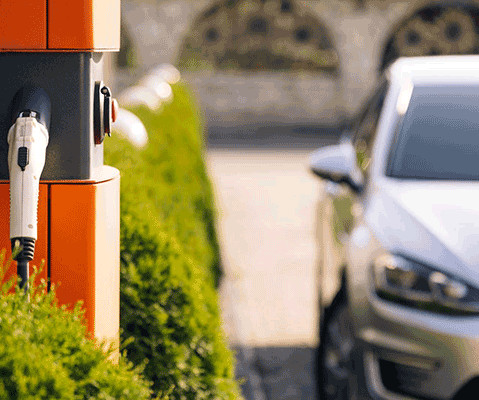
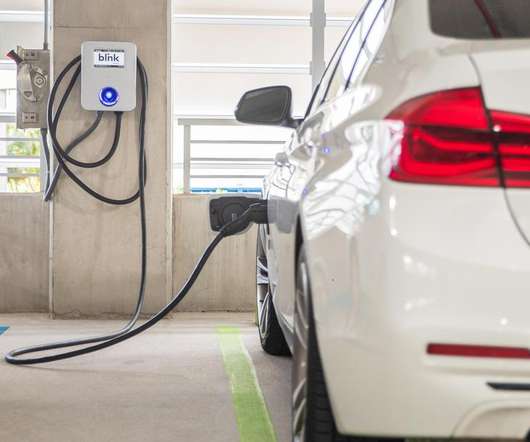





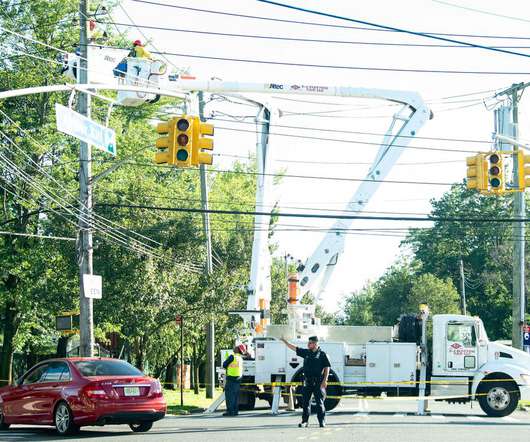

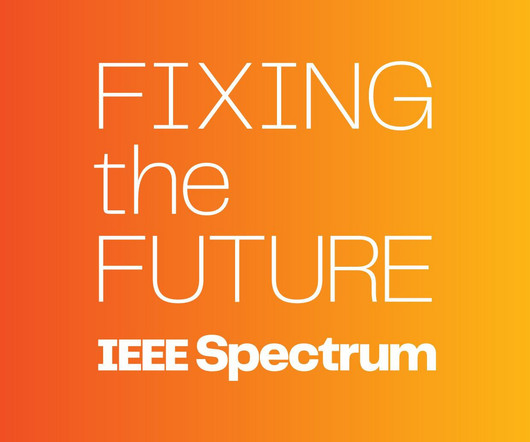



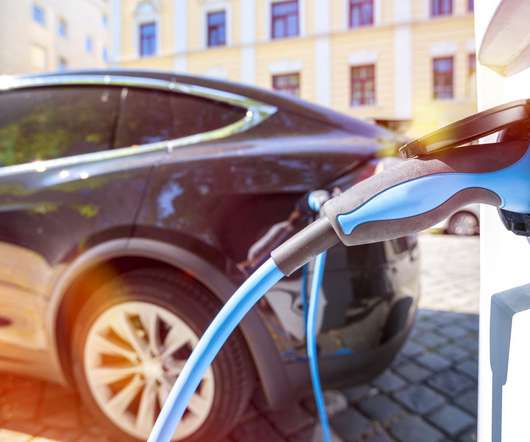









Let's personalize your content